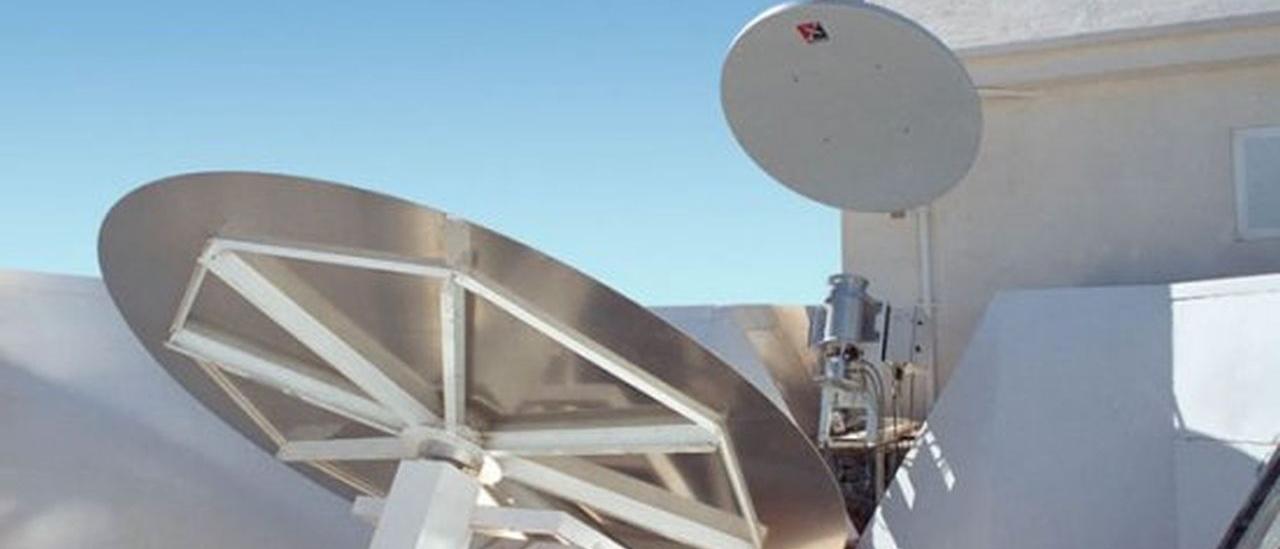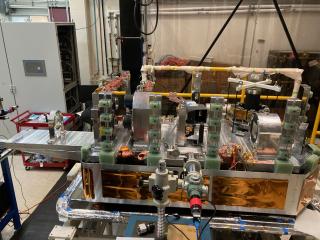General
The CMB group at the IAC, in collaboration with the University of Santa Barbara (UCSB), have developed a plan to take on this measurement of microwave polarisation by utilising a large number of low-cost radio-telescopes situated in several high quality observatories around the world. The resulting observations being of high quality and , with the combination of simultaneous measurements, highly sensitive. The main objective is to almost completely cover the entire sky which allows for highly sensitive measurements of B-modes at low multipoles, l . Given that the radiometers will be basically independent of each other (i.e. not in the same observatory) the ground-based systematic effects, like atmosphere, horizon, interference etc can be eliminated. This concept is contrary to other experiments which have opted to place large ( >100) arrays of radiometers in the focal plane of one telescope. In this scenario systematic elimination and control is more difficult. Each telescope in the IAC/UCSB design will sport a group of HEMT based radiometers, each radiometer, as in the standard correlator design, is able to measure the Stokes parameters ,U and V, simultaneously. However, the new IAC/UCSB design differs from conventional microwave polarimeters because the polar signal is derived from an optical polar modulator. This type of polarimeter is new to microwave polarimetry and is normally found at optical wavelengths (more commonly known as a (half-wave plate ). The transfer to microwave frequencies brings limitations e.g bandwidth < 20% and loss 0.1dB. These limitations are not of so much concern at optical frequencies. The scientific goals for the prototype are Make sensitive polarisation measurements of large angular scale (l>10) E-mode power spectra Characterise polar emission from the CMB contaminants (Galactic synchrotron and dust or extragalactic sources), to be subtracted from maps made by experiments observing at low frequencies (< 100GHz). Characterise the polar properties of the anomalous microwave emission en the Perseus region (Watson et al 2005) and in other regions of the galactic plane. Quantify the systematics that enter into the data taken by the new polarimeter design and also the observing strategy previously used in intensity measurements of the CMB and galactic emission, Hence showing systematic error control in large maps of polarisation. Characterise the sky quality at the Teide Observatory for microwave polar measurements.
Miembros



